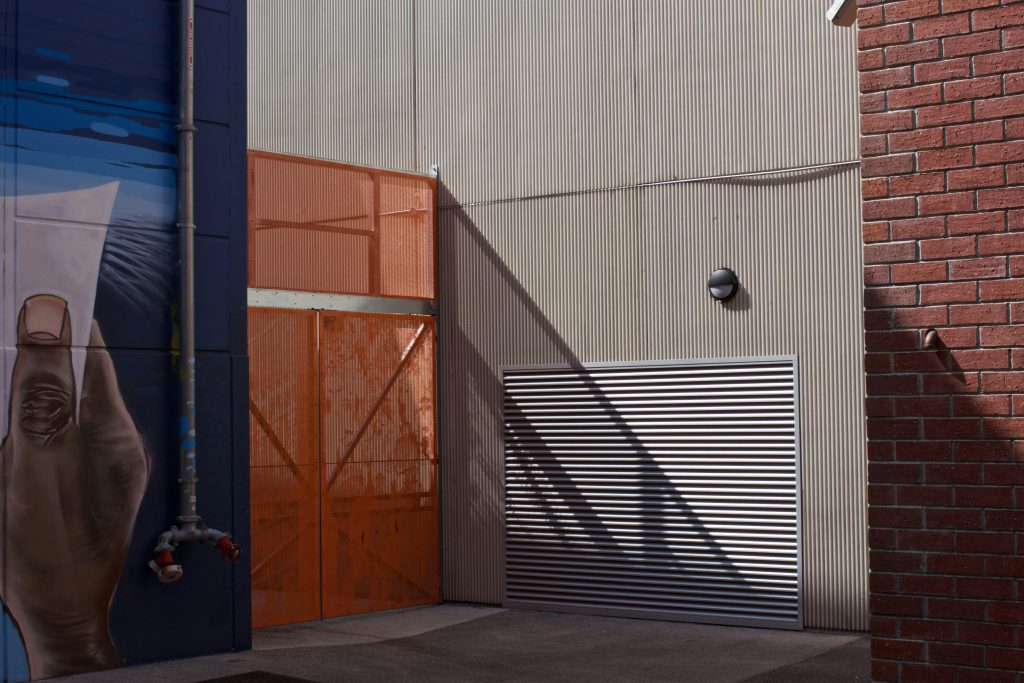“The Shawshank Redemption,” a film adaptation of Stephen King‘s novella, has cemented itself as a timeless masterpiece in cinematic history. Its intricate plot and profound themes offer a rich tapestry for analysis, inviting audiences to delve deeper into its narrative layers and philosophical underpinnings. This article provides a detailed breakdown of the film’s plot, unraveling the intricate storyline that captivates viewers with its blend of hope, resilience, and the human spirit’s unyielding quest for freedom. Furthermore, it explores the thematic elements that elevate the film beyond mere storytelling, examining the nuanced portrayals of institutionalization, friendship, and redemption. Through an analytical lens, we will uncover the complex interplay between these themes and the narrative, offering insights into why “The Shawshank Redemption” continues to resonate with audiences across generations.
Exploring the Intricate Narrative Structure of The Shawshank Redemption
The narrative of The Shawshank Redemption is a masterclass in storytelling, weaving together the lives of inmates within the cold confines of Shawshank Prison. At its core, the film explores themes of hope, friendship, and the human spirit’s resilience. The structure of the narrative is both linear and non-linear, providing depth to each character’s journey. Andy Dufresne’s transformation from a wrongfully convicted banker to a symbol of hope is depicted through meticulously crafted sequences, while Red‘s voiceover serves as a reflective guide through the emotional landscape of the story.
- Flashbacks and Time Jumps: The use of flashbacks and time jumps is crucial in revealing the backstories of characters, particularly Andy and Red, offering insights into their motivations and desires.
- Character Arcs: Each character, from the hardened prisoners to the corrupt warden, experiences significant growth or decline, which adds layers to the plot.
- Symbolism: Symbols such as the rock hammer and the library represent the small yet powerful tools of resistance and transformation within the prison walls.
Through its intricate narrative structure, The Shawshank Redemption captures the essence of endurance and liberation, ultimately illustrating how the human spirit can triumph over adversity.

Unpacking the Central Themes of Hope and Redemption
At the heart of The Shawshank Redemption lies the profound exploration of hope and redemption, two intertwined themes that resonate deeply throughout the narrative. Hope is a beacon for the characters, particularly Andy Dufresne, whose unyielding belief in a better future fuels his perseverance. In the oppressive environment of Shawshank Prison, hope becomes a form of resistance against despair. Andy’s relentless pursuit of freedom, exemplified by his meticulous escape plan, serves as a testament to the power of hope. His unwavering optimism not only sustains him but also inspires his fellow inmates, particularly Red, who initially dismisses hope as dangerous but eventually embraces it as a transformative force.
Redemption, on the other hand, is portrayed as a journey of personal growth and moral awakening. The characters, especially Red, undergo significant transformations, finding redemption through introspection and the influence of Andy’s indomitable spirit. The film suggests that redemption is attainable, even within the confines of a penitentiary, through acts of kindness, self-reflection, and the courage to change. Key elements of this theme include:
- Andy’s tunnel to freedom: A symbol of hope and the arduous path to redemption.
- The library project: Represents enlightenment and the possibility of personal growth.
- Brooks’ tragic story: A cautionary tale about the absence of hope and redemption.
In essence, the film argues that hope and redemption are not just abstract ideals but tangible forces capable of effecting real change, even in the bleakest circumstances.

Character Development as a Vehicle for Thematic Exploration
In “The Shawshank Redemption,” character development serves as a profound conduit for the exploration of its central themes. The narrative arc of Andy Dufresne is not just a personal journey but a mirror reflecting broader existential and philosophical inquiries. Andy, portrayed with subtlety and depth, transitions from a detached banker to a symbol of resilience and hope. His evolution underscores the theme of inner freedom versus physical confinement. Through his meticulous planning and unwavering hope, Andy demonstrates that true liberation is a state of mind, not merely a physical condition.
- Red’s Transformation: His journey from a cynical inmate to a believer in redemption highlights the theme of change and the human capacity for growth.
- Brooks’ Story: This subplot vividly illustrates the struggle between institutionalization and the fear of freedom, questioning the cost of prolonged captivity on the human spirit.
Each character’s growth is intricately tied to the overarching themes of hope, redemption, and friendship. The film uses these personal transformations to question the nature of justice and the possibility of renewal, urging viewers to reflect on their own perceptions of freedom and moral integrity.
Analyzing the Cinematic Techniques that Enhance Storytelling
In “The Shawshank Redemption,” the cinematic techniques employed serve as a profound medium to elevate the narrative, imbuing it with layers of emotional depth and resonance. Lighting plays a pivotal role, especially in illustrating the stark contrast between hope and despair. The dimly lit prison environment often envelops the characters, symbolizing the oppressive nature of incarceration, while moments of brighter illumination, such as the iconic rooftop scene, symbolize fleeting glimpses of freedom and hope.
- Camera Angles: Low-angle shots often portray the power dynamics within the prison, emphasizing the dominance of figures like the warden, while high-angle shots of Andy Dufresne reflect his initial vulnerability.
- Soundtrack: Thomas Newman’s haunting score punctuates the film’s emotional beats, enhancing the storytelling by subtly reflecting the internal states of the characters.
- Symbolism: Objects such as the rock hammer and the poster of Rita Hayworth are not mere props but powerful symbols of hope, resilience, and the eventual triumph over adversity.
Through these techniques, the film not only tells a story of friendship and redemption but also crafts an immersive experience that invites viewers to explore the deeper themes of justice, freedom, and the indomitable human spirit.









